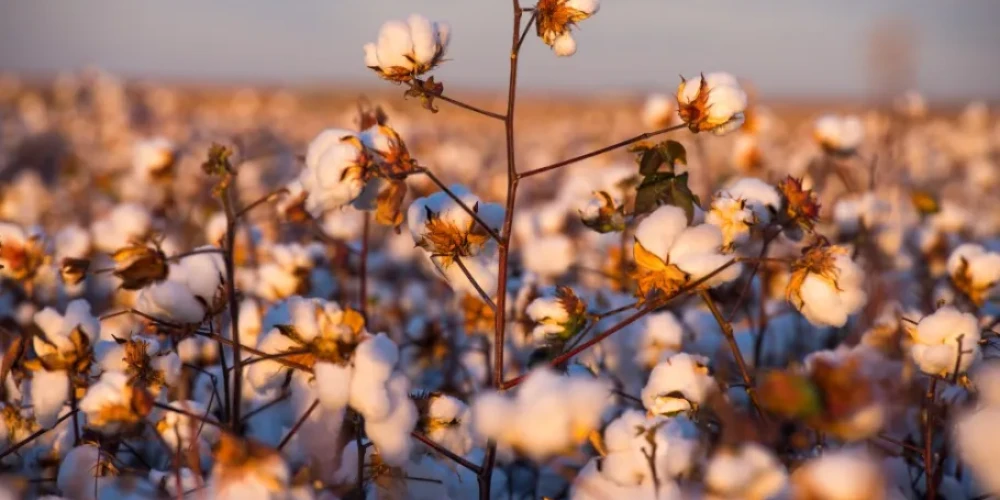Regenerative Farming is Key to Fashion’s Sustainable Future
Added 2 years ago
By Hawke's Bay Future Farming Trust

Fashion brands across the spectrum, from luxury to mainstream, are integrating regenerative agriculture practices into their supply chains to enhance sustainability. These methods, which cooperate with natural processes, entail reducing chemical inputs, minimizing soil disturbance, and reintroducing traditional crop rotations. They aren't just passing trends; they're pivotal for the apparel industry's shift towards a more sustainable future.
For stakeholders in fashion supply chains, the time is ripe to transition from merely minimizing harm to fostering a net positive impact benefiting both the planet and those reliant on its health for their livelihoods.
Concerns over soil degradation have emerged among stakeholders in textile supply chains. Recent research by CottonConnect in Bangladesh, China, India, and Pakistan reveals that soil health has eclipsed climate change and chemical usage as the foremost environmental concern for sustainable cotton production.
Experts on the front lines of global cotton supply chains recognize a pressing soil crisis. Modern agricultural practices have depleted nearly half of the world's fertile soil through monoculture, chemical use, deforestation, and habitat destruction, making crop cultivation increasingly challenging.
Maintaining soil health is crucial for sustaining cotton crops, but it's a complex process due to the intricate ecosystem within soil. Climate change exacerbates soil degradation by intensifying erosion through extreme weather events.
Soil degradation worsens the climate and biodiversity crises by depleting carbon stores and disrupting ecosystems. Addressing these challenges requires a shift towards regenerative agriculture, which emphasizes soil health as the foundation of terrestrial life.
In response, initiatives like the REEL Regenerative Cotton Code aim to promote agro-biodiversity, soil enrichment, water management, and ecosystem development. Pilot programs, such as one in Gujarat, India, train smallholder farmers in regenerative practices, yielding promising initial results.
Early assessments show progress in enhancing biodiversity, reducing chemical inputs, and mitigating greenhouse gas emissions. While transitioning to regenerative practices requires time and support, the long-term benefits for farmers and the environment are substantial.
To future-proof fashion supply chains, a focus on soil health is imperative. Regenerative agriculture promises not only environmental benefits but also increased yields, profitability, social well-being, water conservation, and climate resilience. It's not a passing trend but a crucial step towards sustainability in the fashion industry.
Join the conversation
Be the first to leave a comment.
Leave a comment
All comments are reviewed before they are published on the website. Your email address will not be published.



Community Engagement and Knowledge Sharing Strengthen the Carbon Positive Project

Are We Changing Soil Carbon Yet? Three Years In, the Jury’s Still Out

Farewell to Trustee Phil Schofield – A Foundational Leader of the HBFFCT

